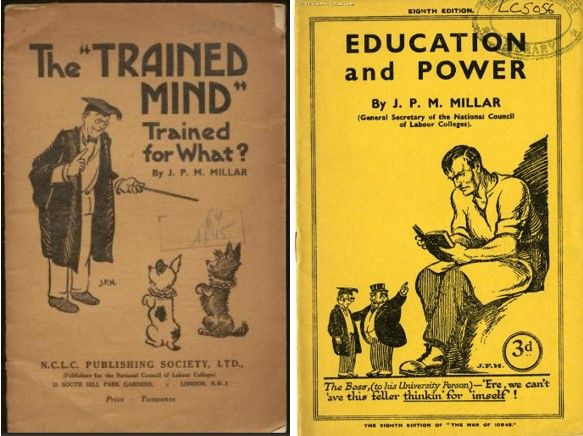Diarmid Mogg
@diarmidmogg.bsky.social
930 followers
240 following
280 posts
Mostly Edinburgh history, tenement life stories and the like. Current project - Tenement Town; Previous project - Small Town Noir.
Posts
Media
Videos
Starter Packs
Reposted by Diarmid Mogg
Diarmid Mogg
@diarmidmogg.bsky.social
· Jul 15
Diarmid Mogg
@diarmidmogg.bsky.social
· Jul 15
Diarmid Mogg
@diarmidmogg.bsky.social
· Jul 15
Diarmid Mogg
@diarmidmogg.bsky.social
· Jul 15
Diarmid Mogg
@diarmidmogg.bsky.social
· Jul 15
Diarmid Mogg
@diarmidmogg.bsky.social
· Jul 15
Diarmid Mogg
@diarmidmogg.bsky.social
· Jul 15
Diarmid Mogg
@diarmidmogg.bsky.social
· Jul 15
Diarmid Mogg
@diarmidmogg.bsky.social
· Jul 15
Diarmid Mogg
@diarmidmogg.bsky.social
· Jul 15
Diarmid Mogg
@diarmidmogg.bsky.social
· Jul 15
Diarmid Mogg
@diarmidmogg.bsky.social
· Jul 15
Diarmid Mogg
@diarmidmogg.bsky.social
· Jul 15
Diarmid Mogg
@diarmidmogg.bsky.social
· Jul 15
Diarmid Mogg
@diarmidmogg.bsky.social
· Jul 15
Diarmid Mogg
@diarmidmogg.bsky.social
· Jul 15
Diarmid Mogg
@diarmidmogg.bsky.social
· Jul 15
Diarmid Mogg
@diarmidmogg.bsky.social
· Jul 15











